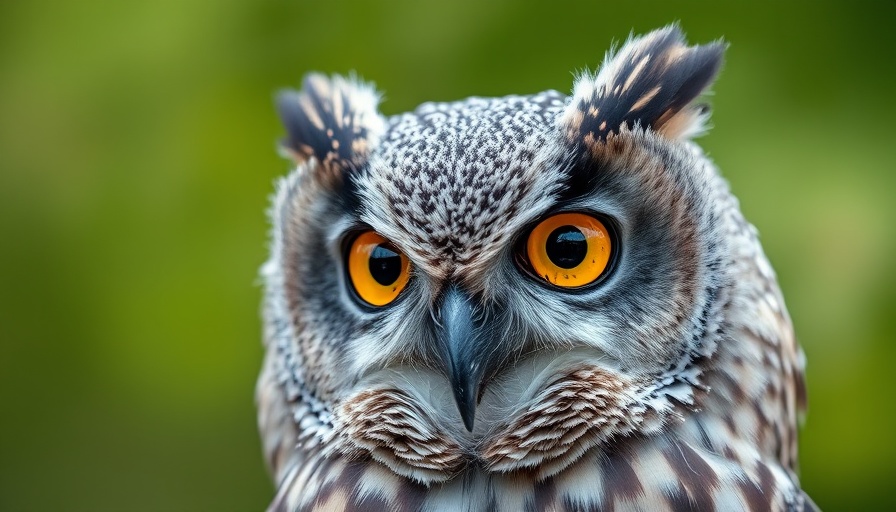
Understanding the Leap: How Nestlings Depart
Every year, as the warm months of June unfold, the sweet melodies of birdsong gradually fade, and a significant milestone in avian life occurs—nestlings begin their journey beyond the safety of their nests. Their exit strategies, however, are far from uniform and vary greatly among species.
The Gradual Approach: Great Horned Owls
Some young birds choose a cautious path, shuffling tentatively along nearby branches. Take the Great Horned Owl, for instance. These owlets engage in a careful practice of flapping their wings and making short, calculated flights to nearby perches, where they continue to rely on their parents for feeding. This methodical approach allows them to physically prepare for the challenges of independent life while still benefiting from the protection and nourishment provided by adult birds.
The Thrilling Plunge: Seabirds
In stark contrast, seabirds facing a more dramatic exit often have a leap of faith to undertake. For young Glaucous-winged Gulls or Common Murres, the only way down is to tumble off the high rocky cliffs of their nests. This plunge into the unknown leads them to the water below, where they can quickly pop up and join their parents for a vital meal. It’s a risky move, but for these aquatic birds, it represents the first brave step into their new life—a moment filled with both peril and promise.
The Risky Adventure of the Marbled Murrelet
Among the most intriguing examples is the Marbled Murrelet, an endangered seabird native to the West Coast. Their chicks face the daunting task of making a long solo flight from their nests—often situated high in trees—to reach the ocean, sometimes traveling as far as 20 miles. This high-stakes adventure necessitates a leap into uncharted territory but offers a glimpse into the remarkable adaptability and resilience of these birds.
Why Understanding Nestling Behavior Matters
Understanding how nestlings leave their nests allows us to appreciate the complexities of bird behavior and the natural instincts that guide them. These varied departures from the nest highlight the crucial connection between bird survival and the environment, emphasizing the importance of preserving their natural habitats.
In sharing these stories, we create a deeper bond with the natural world around us, inspiring conservation efforts to protect these remarkable journeys of growth and independence for future generations.
 Add Row
Add Row  Add
Add 




Write A Comment